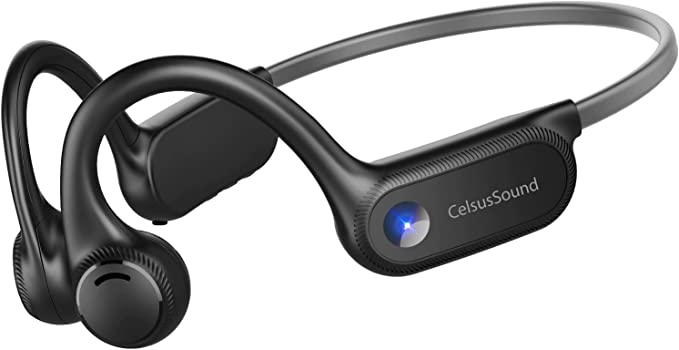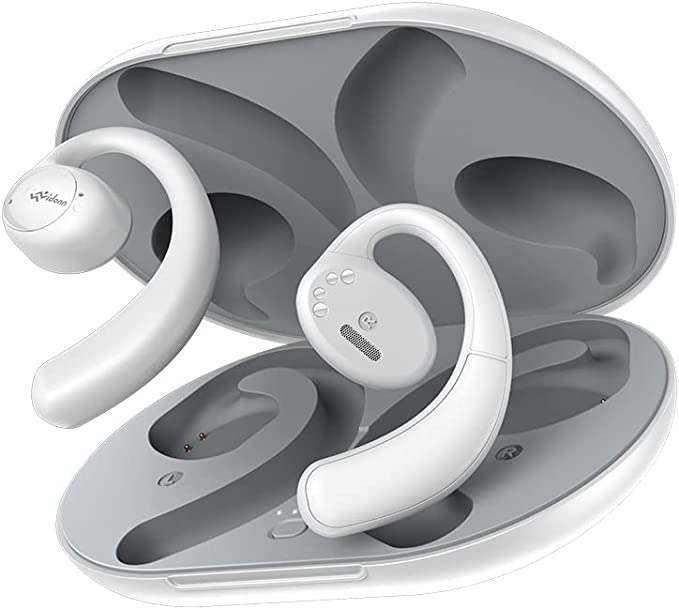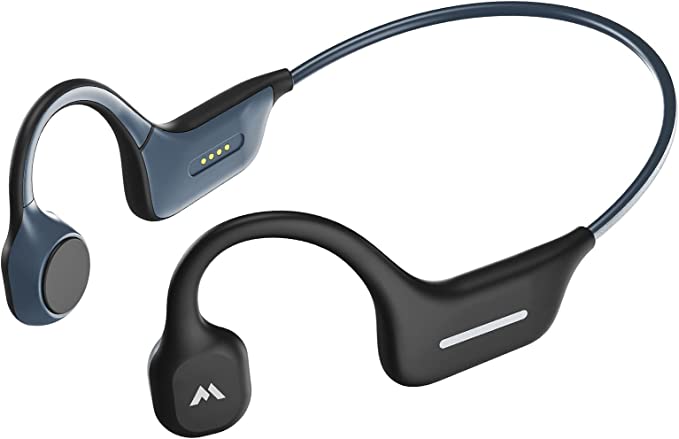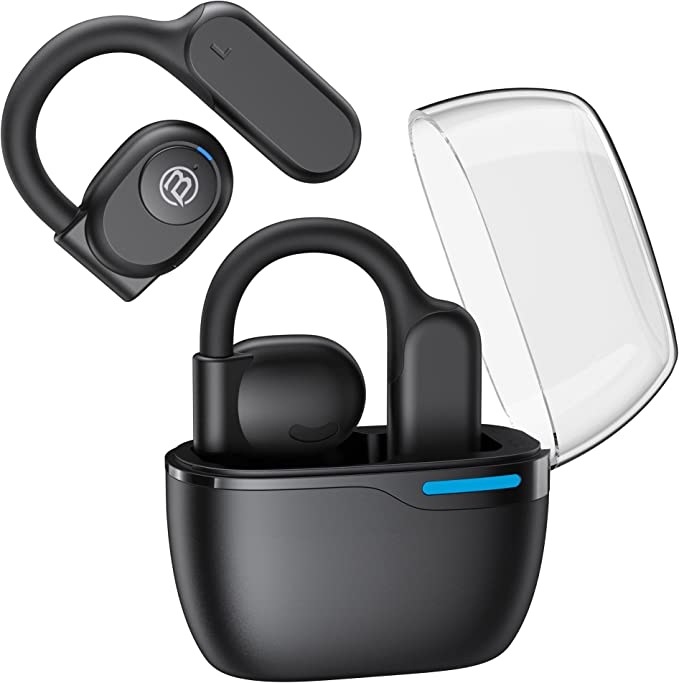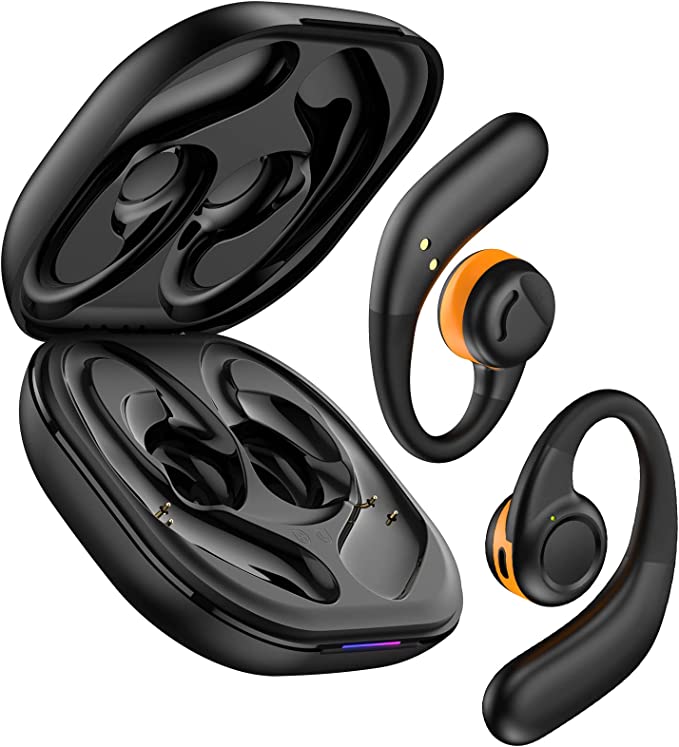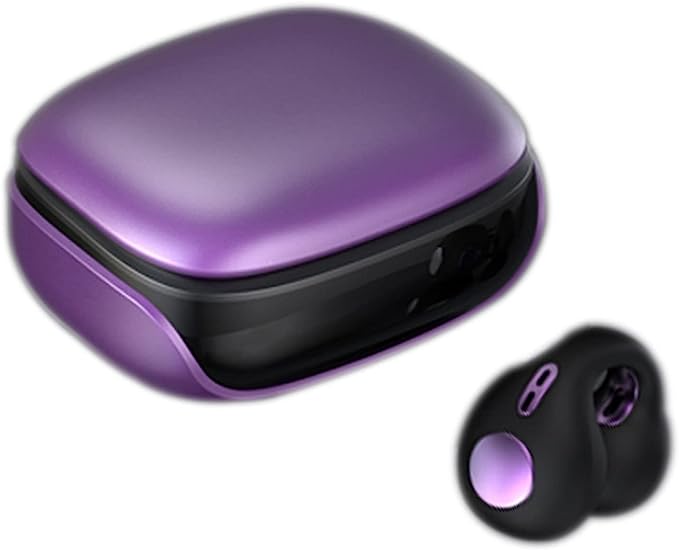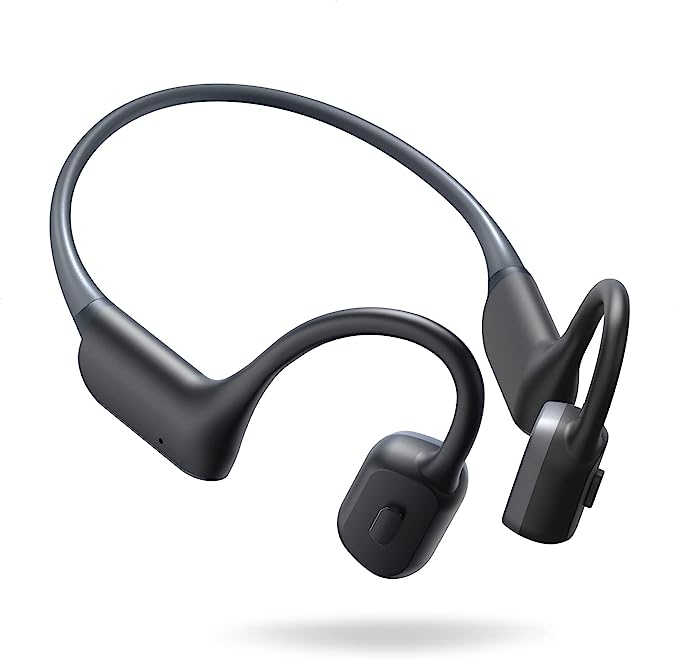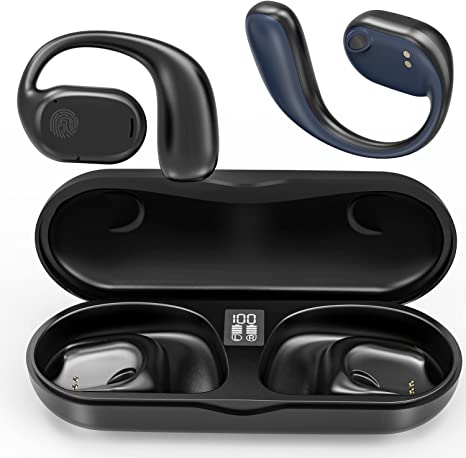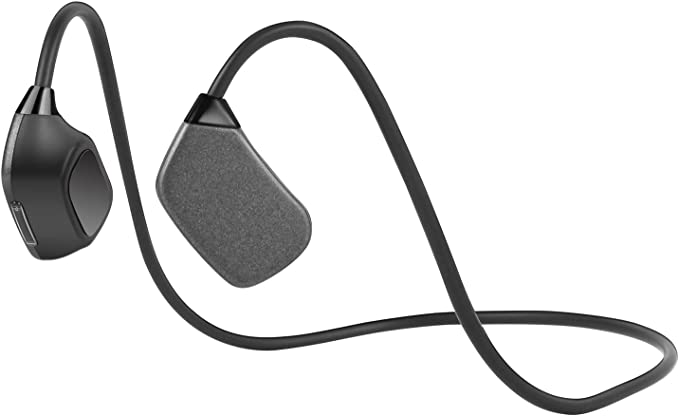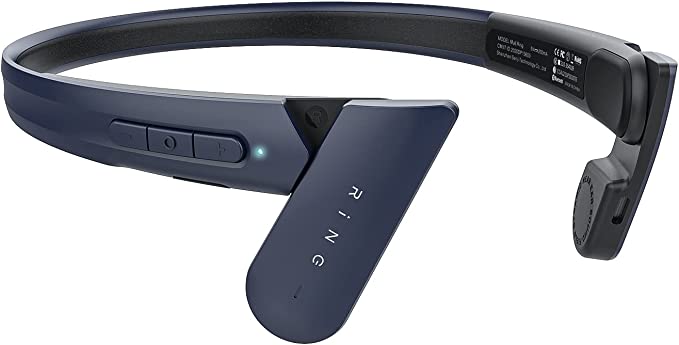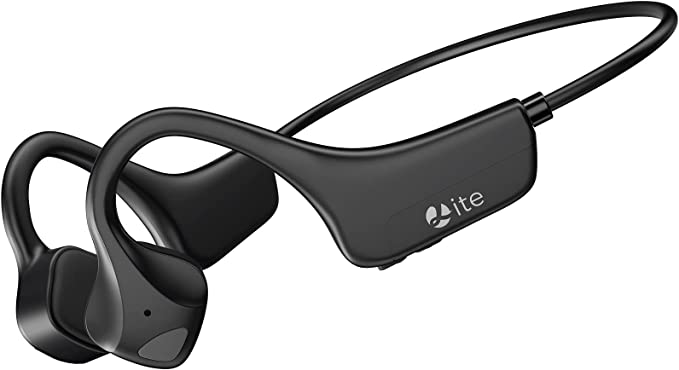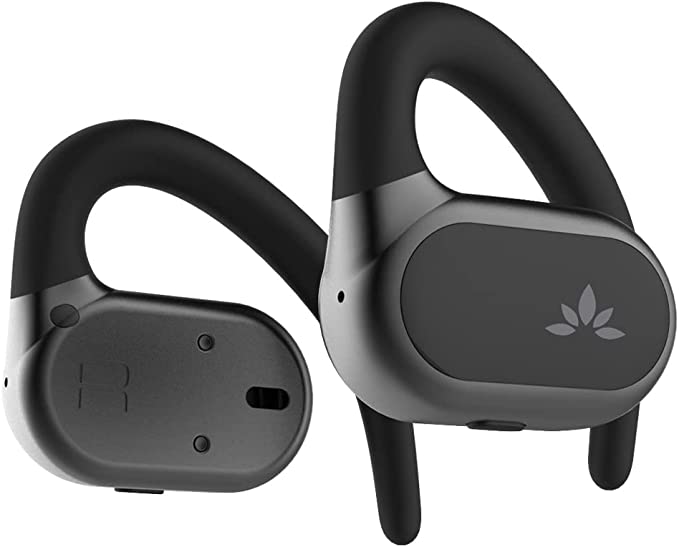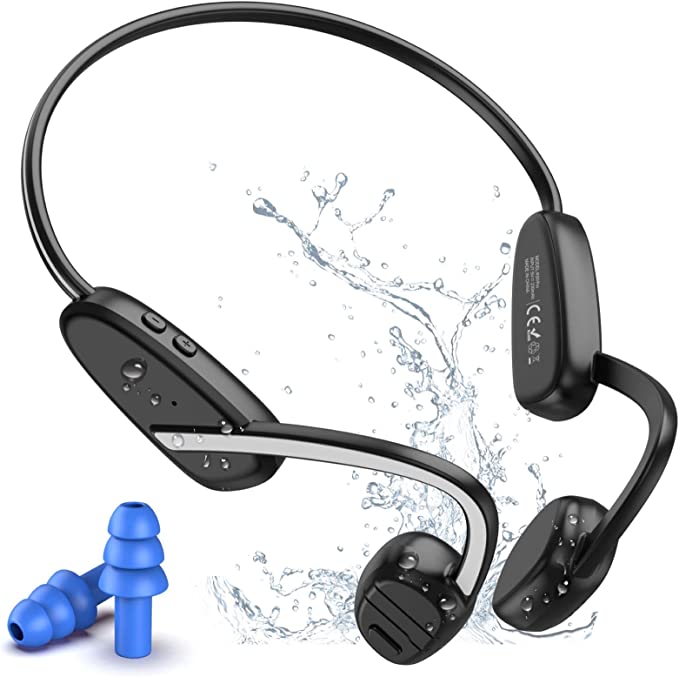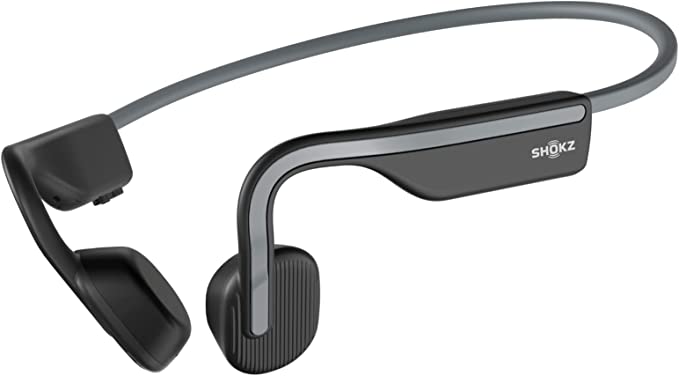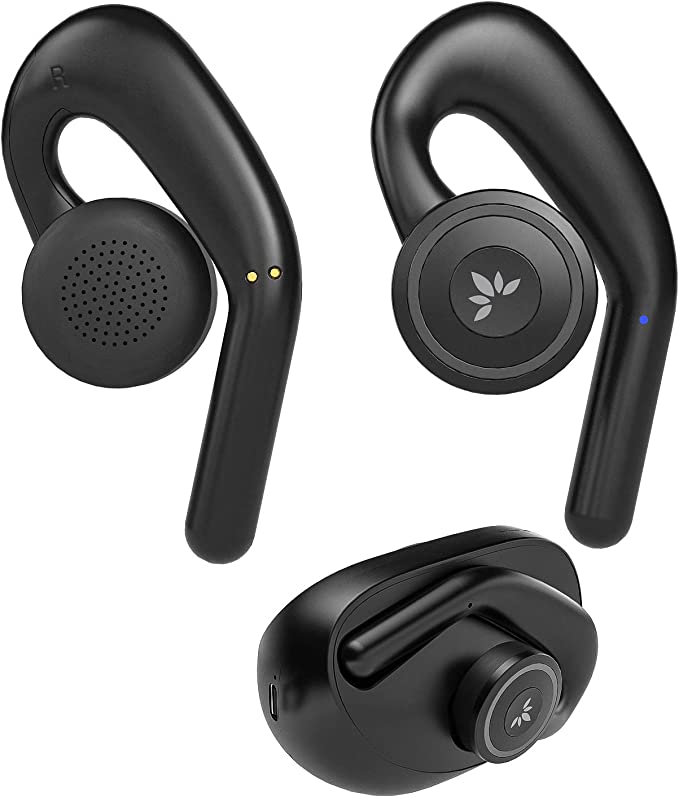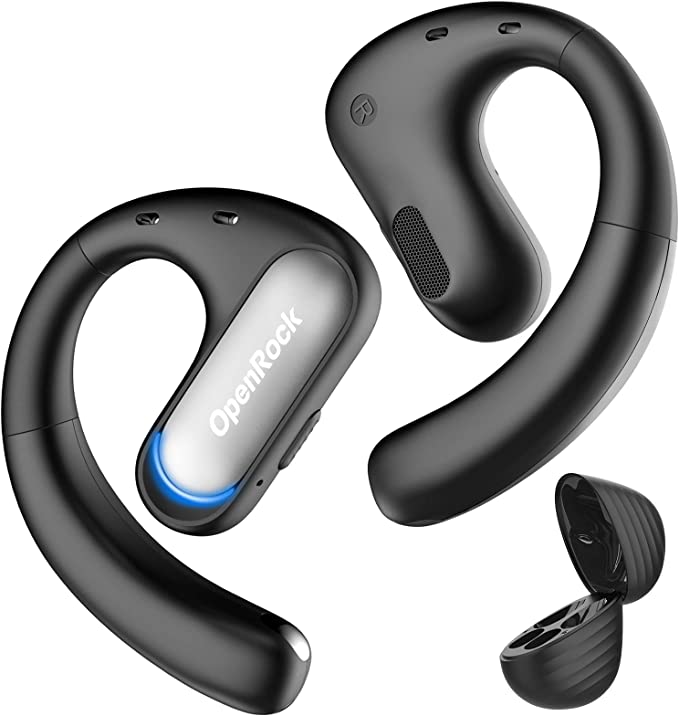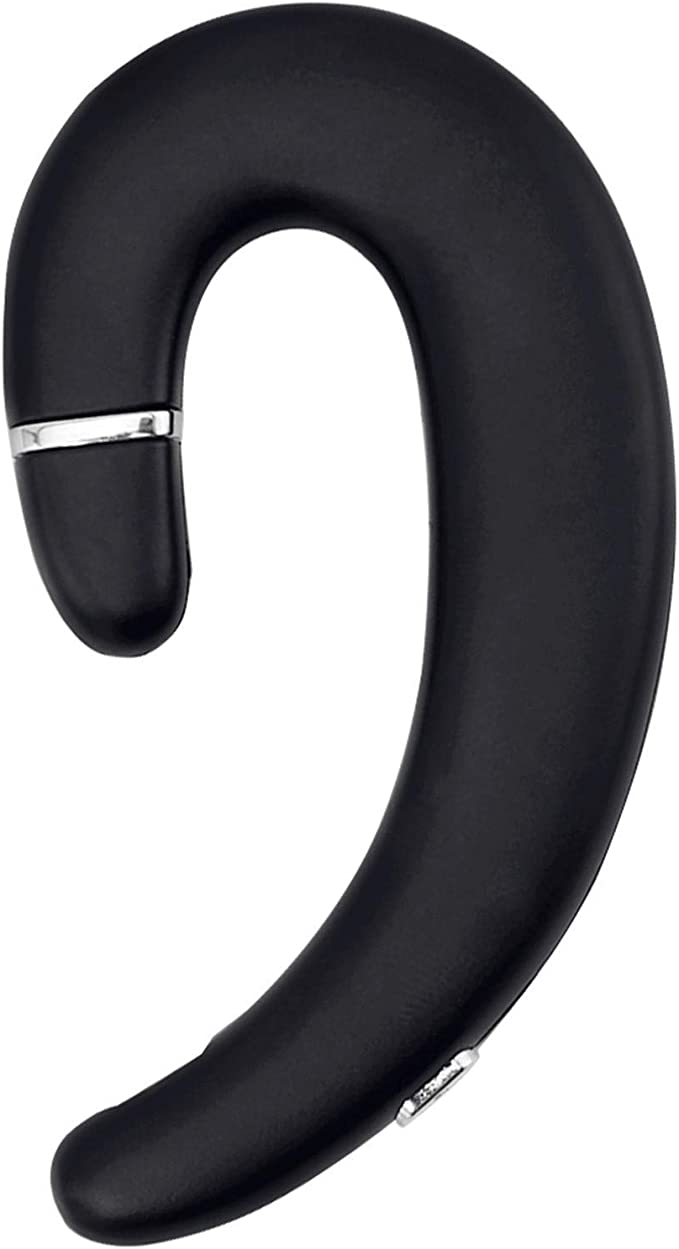Qaekie T22 Open Ear Headphones: A Breath of Fresh Air for Your Ears
Update on July 2, 2025, 4:57 p.m.
In the world of consumer electronics, a story often begins with a promise. For the Qaekie T22 Open-Ear Headphones, that promise is particularly compelling: a design apparently lauded with international awards, offering a revolutionary way to listen without shutting out the world. Yet, lurking in the user reviews is a starkly different narrative, one that includes words like “annoying,” “poor,” and even “garbage.” This raises a fascinating question for any technology enthusiast: What happens when a brilliant idea collides with the unforgiving realities of execution, ergonomics, and trust? Let’s dissect this curious case, not just to review a product, but to understand the intricate anatomy of a technological promise.

The Liberation of Listening
At its heart, the open-ear concept championed by the T22 is a direct response to a fundamental flaw in personal audio history. For decades, from the foam-padded Walkman headphones to today’s noise-cancelling earbuds, the goal was isolation. We created sealed chambers for our ears, but in doing so, we accepted a trade-off: discomfort, sweaty ear canals, and a dangerous disconnection from our environment.
The T22 proposes a radical alternative. Instead of plugging the ear canal, it rests on the outer ear, using directional air conduction to channel sound towards your eardrum. Imagine a pair of tiny, personal speakers hovering just outside your ears. The science behind why this works is a marvel of psychoacoustics. Your brain is exceptionally skilled at managing multiple audio streams. It’s the same principle as the “cocktail party effect,” where you can focus on a single conversation in a noisy room. These headphones leverage that innate ability, allowing you to enjoy a podcast while remaining perfectly aware of approaching traffic, a colleague calling your name, or the simple sounds of nature on a morning run.
Furthermore, this design directly addresses ear health. By leaving the ear canal open, it avoids the acoustic occlusion effect—that booming, resonant sound of your own voice when your ears are plugged. It eliminates physical pressure, allows for ventilation, and, as the manufacturer claims, may help reduce the risk of hearing strain associated with the direct, high-pressure sound delivery of in-ear monitors. This is, in theory, the liberation of listening.

An Engineer’s Look Under the Hood
When a product makes a bold audio claim like “360° Superior Deep Bass,” an engineer’s first instinct is to look at the hardware. The T22’s specification of dual 15.0mm dynamic drivers is, on paper, impressive. A dynamic driver works like a miniature piston: a voice coil and magnet move a diaphragm back and forth to create sound waves. As a basic principle of physics, a larger diaphragm can move more air, which is crucial for producing low-frequency sounds (bass).
So, why do multiple users report “not much base”? The answer likely lies in a core challenge of this entire product category: acoustic leakage. Because there is no seal, a significant portion of the sound energy, especially the powerful but slow-moving bass frequencies, escapes into the open air before reaching the eardrum. It’s like trying to feel the rumble of a subwoofer in an open field versus a small room. The large driver might be generating the bass, but the open design simply can’t contain and deliver it effectively. This is a fundamental engineering trade-off, not necessarily a component failure.
On the other hand, the choice of Bluetooth 5.3 is an unequivocally solid one. It’s a modern standard that provides a stable, efficient, and low-latency connection, forming a reliable wireless backbone for the device. Likewise, its IPX6 rating, defined by the International Electrotechnical Commission as protection against powerful water jets, provides robust and necessary defense against sweat and rain for any serious piece of sports equipment.

When Design Meets the Human Ear
Here is where the elegant blueprint on a designer’s screen meets the complex, infinitely varied landscape of the human body. The concept of a secure, ergonomic fit is central to the T22’s promise, yet it is also the source of major user complaints. Headphones feeling “secure” is a delicate dance of weight distribution, clamping force, and material friction.
The challenge is that ergonomics is not a one-size-fits-all science. The curve of one person’s ear, the position where they wear their glasses, or the subtle movements of their jaw can completely alter how a device fits. When users report that the T22s “fall off easily,” it points to a design that likely tested well on a standard model but failed to account for real-world diversity. The award-winning aesthetic, it seems, did not translate into universal functional success.

The Ghost in the Machine: A Promise Unfulfilled
An electronic product is more than its physical components; it is also the ecosystem of support and trust that surrounds it. And this is where the story of the T22 takes its most cautionary turn. A user’s report is chillingly specific: after a mere handful of uses, the left earpiece stopped working. This points to a potential failure in Quality Control (QC) during manufacturing.

But the true breakdown occurs in the next step. Seeking a remedy for the defect, the user tried to access the warranty promised on the product page. Their discovery: “the qaekie.com website… doesn’t exist!“
This transforms a simple product defect into a fundamental breach of trust. A warranty is a brand’s pledge to stand behind its engineering. A functioning customer service portal is the mechanism for that pledge. When both are absent, the product becomes an unsupported artifact, a disposable gadget with no recourse for the consumer. It reveals a business model that may prioritize initial sales over long-term customer satisfaction and brand reputation. The most sophisticated design and the most advanced Bluetooth chip are rendered meaningless if the product is unreliable and the company behind it is a ghost.

A Map for the Modern Consumer
So, what is the Qaekie T22? It is not simply a good or bad headphone. It is a powerful lesson packaged in a colorful plastic shell. It showcases the brilliant potential of open-ear audio to make our lives safer and more comfortable. Yet, it also serves as a stark reminder that an innovative idea is only the first step in a long journey.

To navigate this landscape of emerging technology, we need more than just a feature list. We need a framework for critical thinking. Perhaps we can call it the Three R’s of a Sound Investment:
- Revolutionary: Does the core idea solve a real problem in a new and meaningful way? For the T22, the answer is a qualified yes.
- Realistic: Is the idea executed in a way that works reliably in the real world? Here, based on user feedback regarding fit and sound quality, the T22 falters.
- Reliable: Does the company stand behind its product with tangible support and a commitment to quality? In this crucial aspect, the evidence suggests a resounding no.
The T22 may not be the answer for most, but the questions it forces us to ask are invaluable. They empower us to look past the marketing promises and design awards, to seek out not just clever ideas, but products built on a solid foundation of engineering, ergonomics, and, most importantly, trust.


